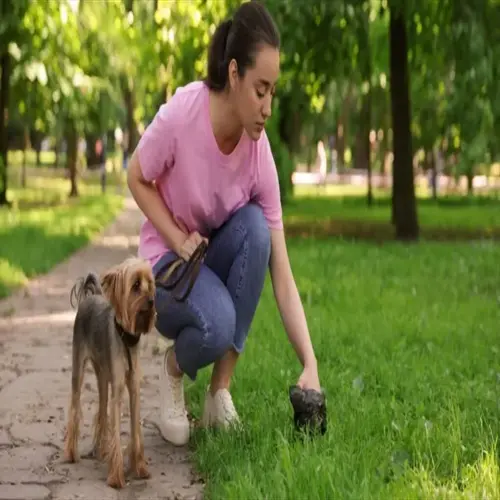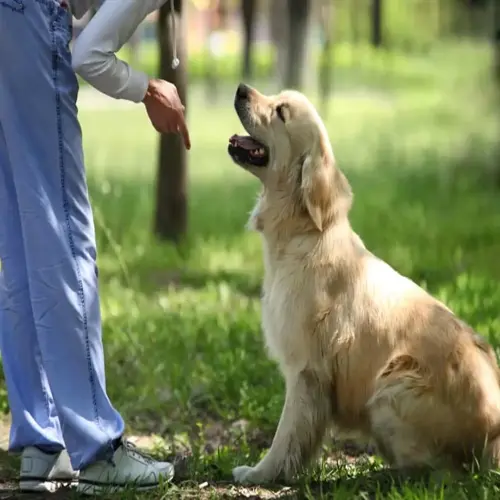How should weight be managed in older dogs?

Written by
Susan Taylor
Reviewed by
Prof. David Walsh, Ph.D.Weight control for senior dogs is significant due to the slow metabolism and decreased mobility associated with aging. Extra weight puts pressure on aging joints, and sudden weight loss can be related to serious health problems. By carefully measuring and regulating food portions, obesity-related conditions can be avoided that lessen comfort and shorten life spans.
Portion Strategies
- Measure food using standard 8 oz cups
- Split meals into 2-3 smaller portions daily
- Use gram scales for precise control
Monitoring Systems
- Monthly weigh-ins tracking trends
- Body condition scoring every 30 days
- Waist measurement with fabric tape
Dietary Adjustments
- Senior formulas with reduced calories
- High-fiber options promoting fullness
- Moist food increasing hydration
Measure portions accurately using standard measures. Feed ½ cup per 10 lbs. body weight twice daily, amounting in the case of the medium-sized dog to approximately 120 grams at each feeding. Do not feed free-choice food, as feeding too much is inevitable.
Measure weight once per month using bathroom scales. Weigh yourself while holding your dog and then subtract from your weight. Track your results, noting any changes of 3-5 lbs. Along with this weight evaluation, incorporate body condition scoring with a feel for rib coverage and waist definition.
Switch to senior-specific formulas with lower calories, and consider adding a joint supplement to your dog's routine. These have significantly lower calories (300-350 calories per cup, compared to 400 calories or more in adult formulas). These also have much higher fiber to help maintain fullness and support digestion.
Change portions right away with any weight change. If working toward gain, decrease portions by 5% to 10%. If alone, increase portions slightly while in a healthy range. If there is difficulty losing weight, see your veterinarian to develop more specific plans. A veterinarian may also discuss weight loss with a therapeutic diet that is safe and effective.
Incorporate low-impact exercise, such as swimming or short walks, into diet management. This helps maintain muscle mass while burning calories. Avoid high-impact activities that could damage joints, as excess weight already puts stress on them.
Read the full article: 9 Essential Senior Dog Care Tips for Golden Years

